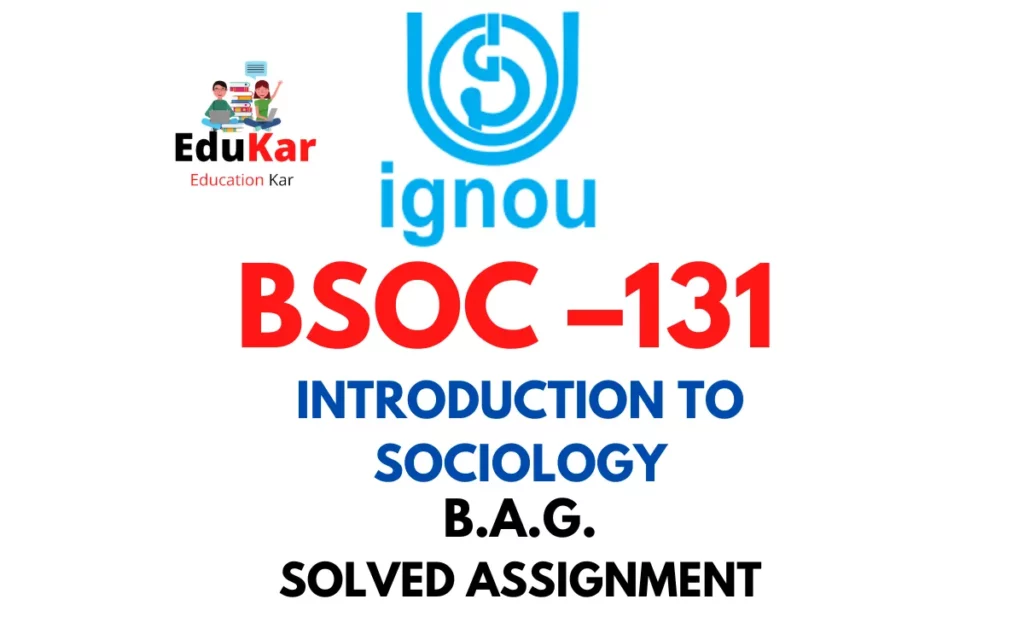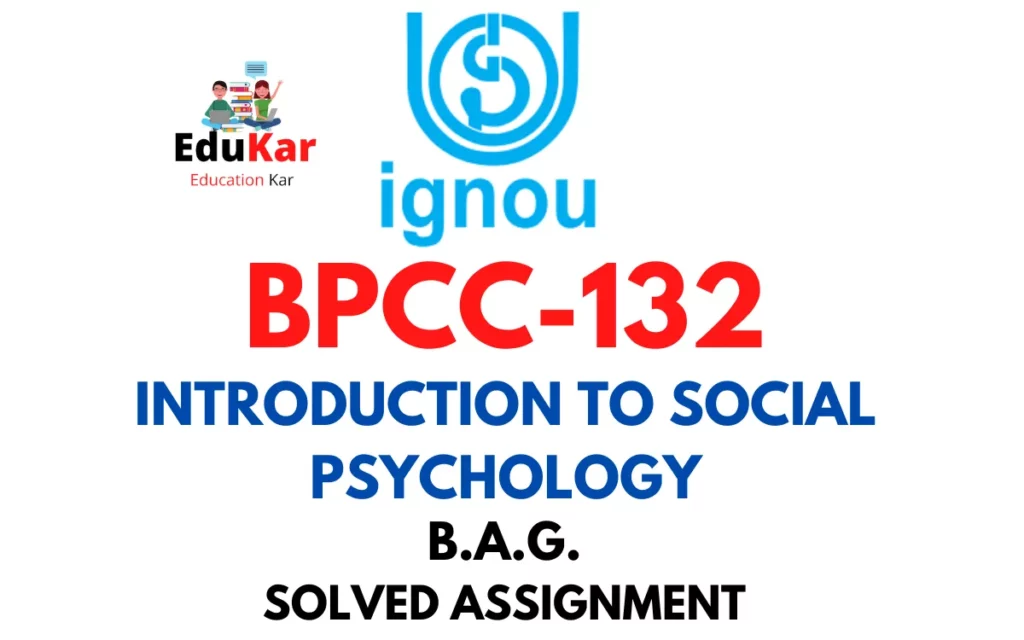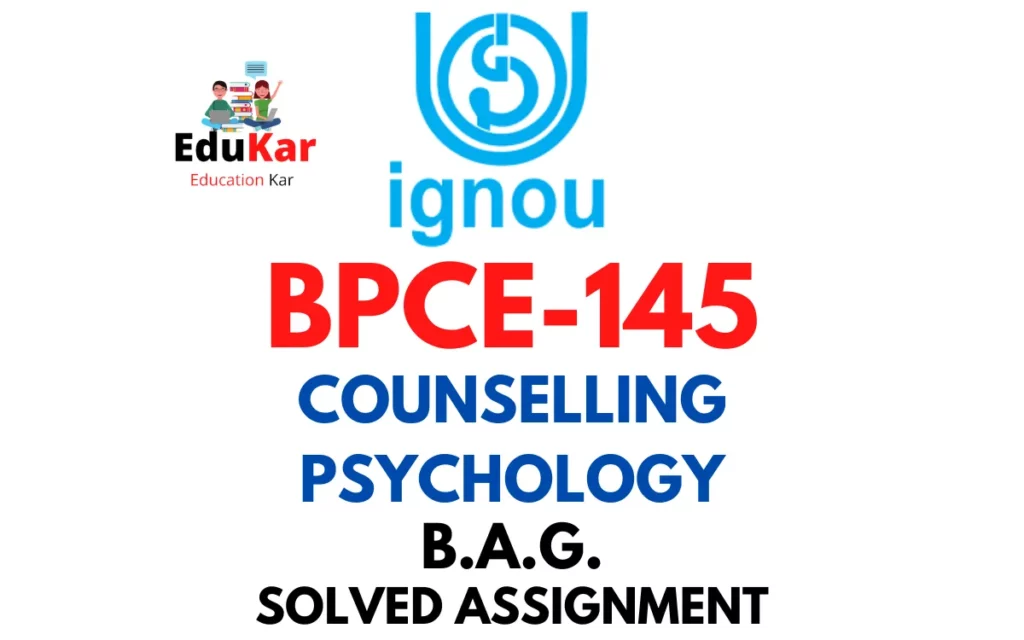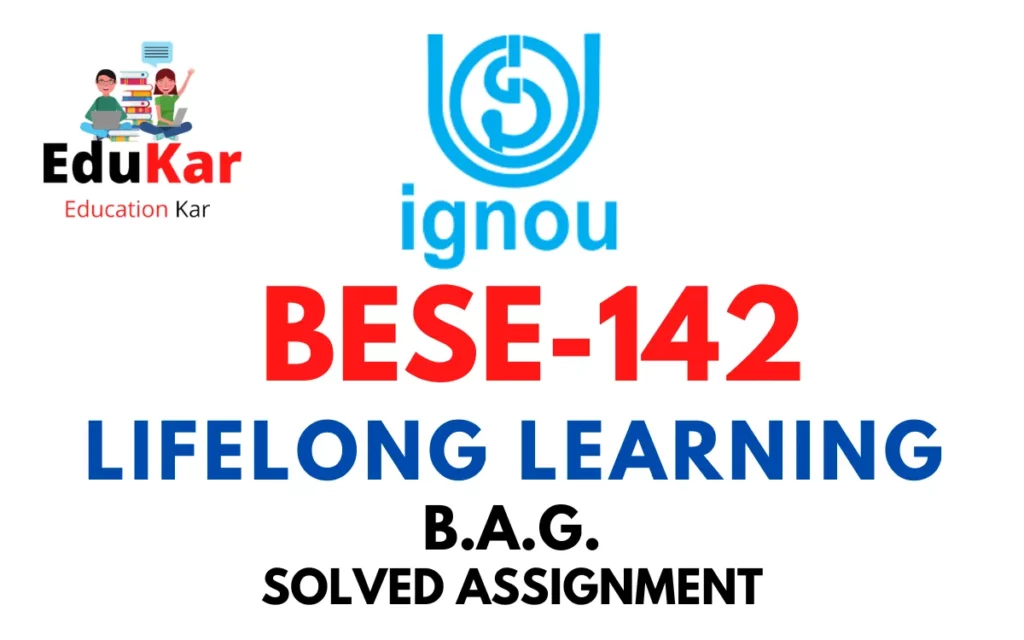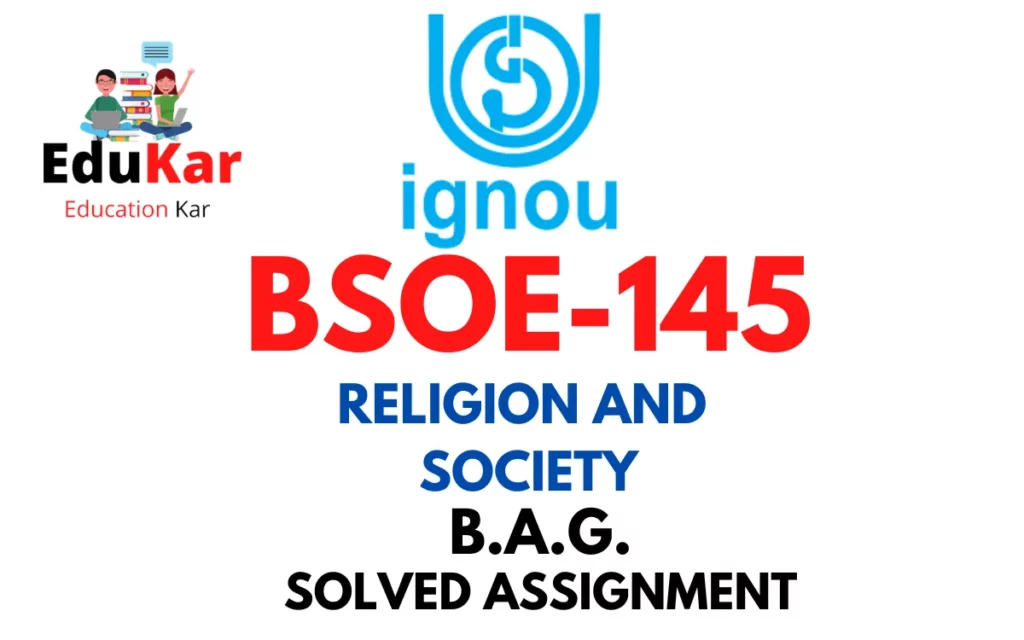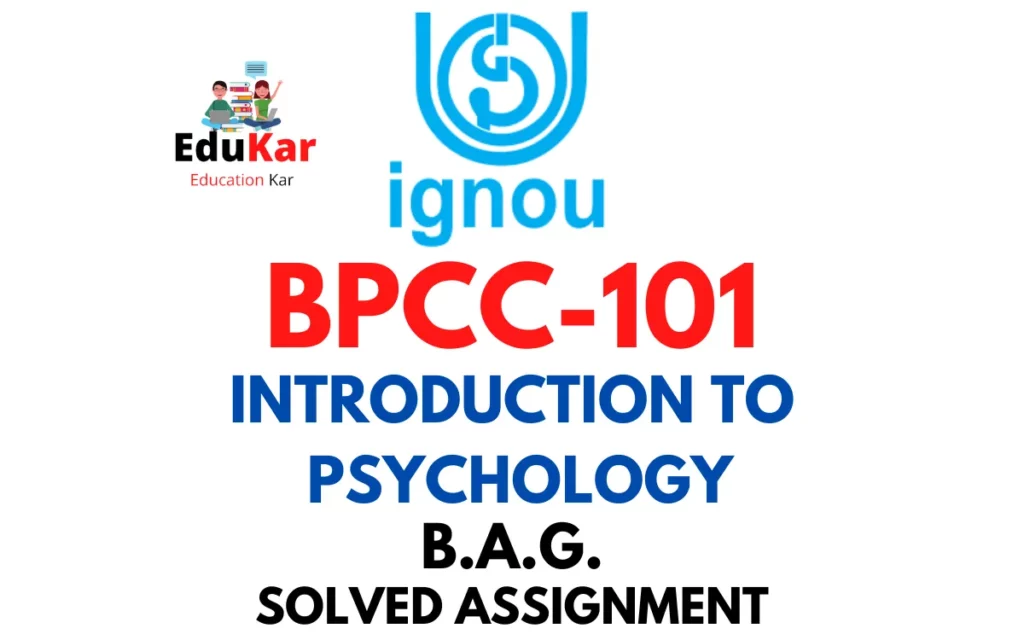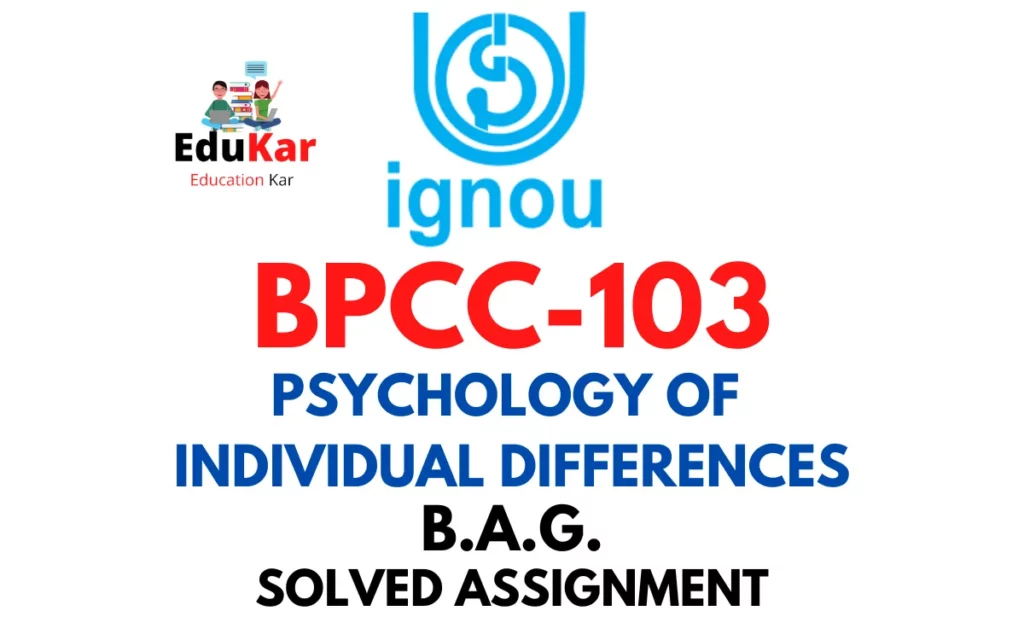Contents
- 1 PART A-Assignment One
- 2 Answer the following questions in about 500 words each. Each question carries 20 marks.
- 3 1. Discuss the various components and types of group. Explain the stages of group formation.
- 4 2. Explain the various causes and theoretical approaches to aggression.
- 5 Assignment Two
- 6 Answer the following questions in about 100 words each. Each question carries 5 marks.
- 7 3. Causes and outcomes of conflict.
- 8 4. Strategies for Gaining Compliance.
- 9 5. Types of schema.
- 10 6. Errors and Biases in Attribution.
- 11 7. Attitude Formation.
- 12 8. Types of leadership.
- 13 PART B-Tutorial
- 14 1. Vikas employed different strategies which led to maximum utilisation of his cognitiveresources in minimum cognitive efforts; consequently leading to an automatic, rapid,spontaneous and effortless social thought process. Discuss the various mentalshortcuts that can be used by him. Explain the various sources of errors that can takeplace in social cognition.
- 15 2. Collect the attitude of at least 15 persons (of any age above 12yrs) from yourneighbourhood about their attitude towards online classes. Make a collective report oftheir attitude and suggest the factors that resist persuasion (attitude change).

| Title | BPCC-107: IGNOU BAG Solved Assignment 2022-2023 |
| University | IGNOU |
| Degree | Bachelor Degree Programme |
| Course Code | BPCC-107 |
| Course Name | SOCIAL PSYCHOLOGY |
| Programme Name | Bachelor of Arts (General) |
| Programme Code | BAG |
| Total Marks | 100 |
| Year | 2022-2023 |
| Language | English |
| Assignment Code | Asst /TMA /2022-23 |
| Last Date for Submission of Assignment: | For June Examination: 31st April For December Examination: 30th September |
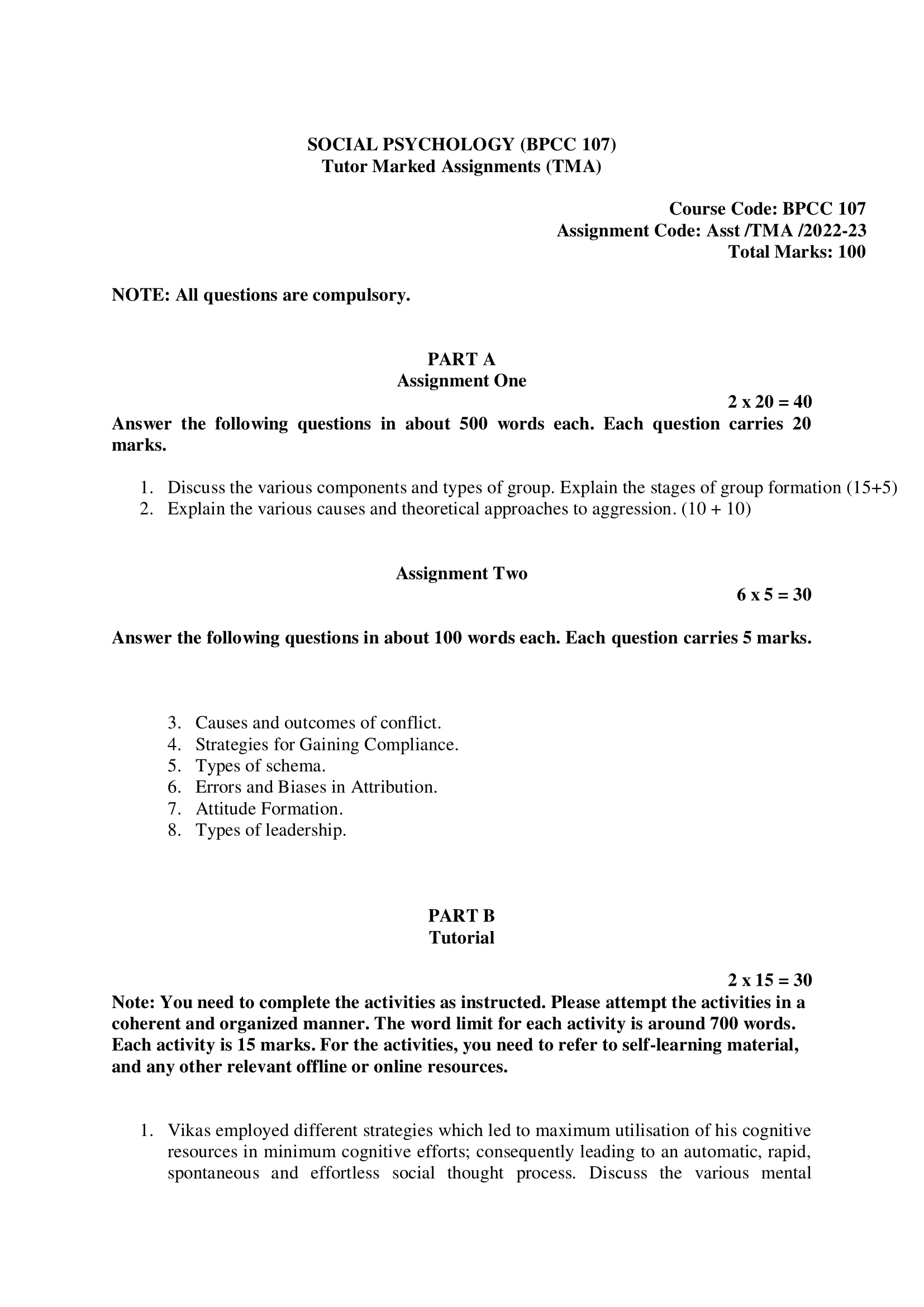

PART A-Assignment One
Answer the following questions in about 500 words each. Each question carries 20 marks.
1. Discuss the various components and types of group. Explain the stages of group formation.
Ans: Components and Types of Group:
A group is defined as two or more individuals who come together to achieve a common objective. A group can be either formal or informal. The formal group is formed by the organization, while the informal group is formed voluntarily by individuals. The components of a group include:
- Members: A group is composed of two or more individuals who come together to achieve a common objective.
- Goals: A group has a common goal that motivates members to work together.
- Structure: A group has a specific structure, including roles and responsibilities assigned to each member.
- Communication: Effective communication is a vital component of a group.
- Cohesiveness: A group should have high cohesiveness, meaning the members should have a strong bond and sense of loyalty towards each other.
Types of Groups:
- Formal Groups: These groups are formed by an organization to achieve a specific goal. Formal groups can be either permanent or temporary.
- Informal Groups: These groups are formed voluntarily by individuals. Informal groups can be social, task-related, or interest-related.
- Primary Groups: These groups are formed by individuals who have a close and intimate relationship, such as family, friends, or romantic partners.
- Secondary Groups: These groups are formed by individuals who come together to achieve a specific goal, such as a work team, a sports team, or a community group.
Stages of Group Formation:
The stages of group formation are as follows:
- Forming: In the forming stage, individuals come together, and the group is formed. The members get to know each other, and the purpose of the group is established.
- Storming: In the storming stage, conflicts and disagreements arise as the group members start to assert their ideas and opinions. The group leader needs to manage these conflicts and help the group members reach a consensus.
- Norming: In the norming stage, the group members start to develop a sense of unity and work towards achieving the common goal. Roles and responsibilities are established, and the group starts to work together efficiently.
- Performing: In the performing stage, the group works together effectively to achieve the common goal. The group members trust each other, and communication is open and effective.
- Adjourning: In the adjourning stage, the group disbands after achieving the common goal. The members reflect on their achievements and the experience of working in the group.
2. Explain the various causes and theoretical approaches to aggression.
Ans: Aggression is defined as any behavior that is intended to harm or injure another person or living organism. Aggression can take many forms, including physical, verbal, or psychological. The causes of aggression are complex and multifaceted, and several theoretical approaches have been developed to understand and explain the phenomenon of aggression.
Causes of Aggression:
- Biological Factors: Biological factors such as genetics, hormones, and brain functioning can influence aggression. For example, testosterone has been linked to increased aggression in males, while abnormalities in the prefrontal cortex have been associated with impulsive and aggressive behavior.
- Environmental Factors: Environmental factors such as exposure to violence, poverty, and social isolation can increase the likelihood of aggressive behavior.
- Cognitive Factors: Cognitive factors such as perception, interpretation, and appraisal of events can influence aggression. For example, individuals who perceive a situation as threatening or unfair are more likely to respond with aggression.
- Emotional Factors: Emotions such as anger, frustration, and fear can lead to aggressive behavior. For example, an individual who is angry may lash out in a physically aggressive manner.
Theoretical Approaches to Aggression:
- Social Learning Theory: Social learning theory proposes that aggressive behavior is learned through observation and reinforcement. Children may learn aggressive behavior by observing parents or peers who exhibit such behavior, and the behavior may be reinforced if it leads to a desired outcome.
- Frustration-Aggression Theory: Frustration-aggression theory suggests that aggression is a response to frustration. When an individual is prevented from achieving a goal, the frustration may lead to aggressive behavior.
- Cognitive Neoassociation Theory: Cognitive neoassociation theory proposes that aggression is a result of negative emotions, such as anger or fear, which are triggered by environmental cues. These negative emotions may lead to aggressive behavior.
- General Aggression Model: The general aggression model suggests that aggression is a result of a complex interaction between environmental and personal factors. The model proposes that aggressive behavior is influenced by several factors, including cognitive and emotional processes, environmental cues, and individual differences.
- Evolutionary Theory: Evolutionary theory suggests that aggression is a result of natural selection, and that aggressive behavior has evolved as a means of survival. Aggressive behavior may be used to defend against threats, establish dominance, or protect resources.
Assignment Two
Answer the following questions in about 100 words each. Each question carries 5 marks.
3. Causes and outcomes of conflict.
Ans: Conflict can have various causes, including differences in values, beliefs, interests, or goals, as well as power imbalances, competition for resources, and misunderstandings. Conflict can also be fueled by emotions such as anger, fear, or frustration.
The outcomes of conflict can be both negative and positive. Negative outcomes may include violence, destruction, injury, and loss of life. Additionally, conflict can lead to long-lasting psychological and social harm, including trauma, anxiety, and distrust. On the other hand, conflict can also lead to positive outcomes, such as increased awareness of issues, better communication, and improved relationships. It can also spur individuals and groups to work towards resolution and create opportunities for growth and change. Ultimately, the outcome of a conflict depends on how it is managed and resolved.
4. Strategies for Gaining Compliance.
Ans: Gaining compliance from others can be a challenging task, but there are several strategies that individuals can use to increase their chances of success. Here are a few:
- Use Rational Persuasion: This involves using logical arguments and evidence to persuade someone to comply. This approach is effective when the other person is open to reason and has a high level of trust in the persuader.
- Use Inspirational Appeals: This involves appealing to the other person’s values, beliefs, and emotions. This approach can be effective when the other person is motivated by a sense of purpose or shared goals.
- Use Consultation: This involves involving the other person in the decision-making process. This approach can be effective when the other person has expertise or experience that is relevant to the decision, and when their opinion is valued.
- Use Coalition Tactics: This involves gaining the support of others to influence the other person’s decision. This approach can be effective when the other person is sensitive to social influence and when there is a group with shared goals.
- Use Legitimacy and Authority: This involves using one’s position or authority to gain compliance. This approach can be effective when the other person recognizes and respects the authority of the persuader.
5. Types of schema.
Ans: Schemas are cognitive frameworks that help individuals organize and interpret information about the world around them. There are several types of schema, including:
- Social Schemas: These are mental frameworks that help individuals understand and interpret social information, such as stereotypes and attitudes about groups of people.
- Self-Schemas: These are mental frameworks that help individuals organize and interpret information about themselves, including their personality traits, abilities, and values.
- Event Schemas: These are mental frameworks that help individuals understand and interpret information about specific events, such as a wedding or a job interview.
- Role Schemas: These are mental frameworks that help individuals understand and interpret information about the expectations and behaviors associated with different social roles, such as the role of a teacher or a parent.
- Script Schemas: These are mental frameworks that help individuals understand and interpret information about familiar sequences of events, such as going to a restaurant or attending a lecture.
- Content-free Schemas: These are mental frameworks that help individuals process information in a more general way, such as the “good-bad” schema or the “approach-avoidance” schema.
Schemas can be helpful in helping individuals process information quickly and efficiently, but they can also lead to biases and errors in perception and judgment if they are not flexible enough to adapt to new information or situations.
6. Errors and Biases in Attribution.
Ans: Attribution refers to the process of explaining the causes of events or behaviors. While attribution can help individuals understand and make sense of the world around them, it can also be subject to errors and biases. Here are a few common errors and biases in attribution:
- Fundamental Attribution Error: This refers to the tendency to overemphasize dispositional (internal) factors and underestimate situational (external) factors when explaining the behavior of others. For example, assuming that someone is lazy rather than considering that they may have an illness that is causing their behavior.
- Self-Serving Bias: This refers to the tendency to attribute success to dispositional factors and failure to situational factors when explaining one’s own behavior. For example, taking credit for a successful project but blaming the failure on a lack of resources.
- Actor-Observer Bias: This refers to the tendency to attribute one’s own behavior to situational factors and the behavior of others to dispositional factors. For example, attributing one’s own tardiness to traffic, but assuming that someone else’s tardiness is due to their lack of punctuality.
- Halo Effect: This refers to the tendency to generalize a positive attribute of someone to all other attributes. For example, assuming that someone who is physically attractive is also intelligent, kind, and competent.
- Just-World Bias: This refers to the tendency to believe that people get what they deserve in life. For example, assuming that someone who is poor must have done something to deserve their situation.
7. Attitude Formation.
Ans: Attitudes are evaluations of objects, people, and events that can influence how individuals behave and think about the world around them. Attitude formation can be influenced by a variety of factors, including:
- Direct Experience: Individuals may form attitudes based on their direct experiences with an object, person, or event. For example, someone who has had a positive experience with a particular brand of coffee may form a positive attitude towards that brand.
- Social Learning: Individuals may form attitudes based on observing the behavior and attitudes of others, especially those who are influential in their lives. For example, a child may develop a positive attitude towards a particular sports team if their parents or friends express positive attitudes towards that team.
- Cognitive Processes: Individuals may form attitudes based on their thoughts and beliefs about an object, person, or event. For example, someone may form a negative attitude towards a particular political candidate based on their beliefs about their policies and values.
- Culture and Social Norms: Attitudes can also be influenced by cultural and social norms. For example, a person who grew up in a culture that values individualism may form a different attitude towards competition than someone who grew up in a culture that values collectivism.
- Genetics and Temperament: Some research suggests that genetic factors and personality traits, such as openness to experience, may play a role in attitude formation.
8. Types of leadership.
Ans: Leadership is a complex concept that encompasses various styles and approaches. Some of the most common types of leadership include:
- Autocratic leadership: A style in which the leader makes all decisions and controls all aspects of the team or organization.
- Democratic leadership: A style in which the leader involves team members in decision-making processes and encourages collaboration and participation.
- Transformational leadership: A style in which the leader inspires and motivates team members to achieve common goals and develop their full potential.
- Servant leadership: A style in which the leader focuses on serving the needs of team members and facilitating their growth and development.
- Transactional leadership: A style in which the leader sets clear expectations and rewards team members for meeting them.
- Laissez-faire leadership: A style in which the leader provides minimal direction or guidance, allowing team members to make decisions and manage themselves.
Effective leadership often requires a blend of different styles, as different situations and teams may require different approaches. The most successful leaders are those who are able to adapt their leadership style to suit the needs of their team and organization.
PART B-Tutorial
Note: You need to complete the activities as instructed. Please attempt the activities in a coherent and organized manner. The word limit for each activity is around 700 words.
Each activity is 15 marks. For the activities, you need to refer to self-learning material, and any other relevant offline or online resources.
Ans: Vikas employed various strategies that allowed him to make social judgments quickly and effortlessly. These strategies are known as mental shortcuts or heuristics. Mental shortcuts are mental rules of thumb that help individuals to make decisions and judgments in a quick and effortless manner. They allow individuals to make judgments quickly without having to rely on a lot of cognitive effort or information processing. Some of the commonly used mental shortcuts in social cognition include:
- Availability heuristic: This heuristic refers to the tendency to rely on information that comes to mind easily when making judgments. For example, if an individual is asked to estimate the frequency of a particular event, they might base their estimation on how easily they can recall similar instances.
- Representativeness heuristic: This heuristic refers to the tendency to make judgments based on how well something matches our expectations or prototypes. For example, if an individual meets someone who fits their idea of a typical accountant, they may assume that the person is indeed an accountant.
- Anchoring and adjustment heuristic: This heuristic involves starting with an initial value and then adjusting it based on new information. For example, if an individual is asked to estimate the price of a product, they may anchor on a suggested price and then adjust their estimate based on additional information.
- Confirmation bias: This refers to the tendency to seek out information that confirms our pre-existing beliefs and ignore information that contradicts them.
- Self-fulfilling prophecy: This refers to the tendency to create or confirm our own beliefs about someone or something, which can then influence our behavior and interactions with that person or thing.
While mental shortcuts can be useful in making quick and effortless social judgments, they can also lead to errors in social cognition. Some of the sources of errors in social cognition include:
- Confirmation bias: As mentioned earlier, confirmation bias can lead individuals to selectively seek out information that confirms their pre-existing beliefs while ignoring information that contradicts them.
- Illusory correlation: This refers to the tendency to perceive a relationship between two variables that do not actually exist. For example, an individual may believe that all women are emotional based on a few experiences, even though this belief is not supported by evidence.
- Self-serving bias: This refers to the tendency to attribute positive outcomes to one’s own abilities and negative outcomes to external factors. For example, an individual may attribute their success to their own hard work while attributing their failure to bad luck.
- False consensus effect: This refers to the tendency to overestimate the extent to which others share our beliefs and attitudes. For example, an individual may believe that most people share their political views, even though this may not be the case.
- Fundamental attribution error: This refers to the tendency to overemphasize dispositional (internal) explanations for someone’s behavior while underemphasizing situational (external) explanations. For example, an individual may attribute someone’s rudeness to their personality, rather than considering that they may be having a bad day.
2. Collect the attitude of at least 15 persons (of any age above 12yrs) from your
neighbourhood about their attitude towards online classes. Make a collective report of
their attitude and suggest the factors that resist persuasion (attitude change).
Ans: Do It By Yourself.
Here are some general insights on factors that resist persuasion and change in attitudes.
Factors that resist persuasion and change in attitudes can include:
- Cognitive dissonance: When an individual’s beliefs, values, and behaviors are inconsistent with each other, they may experience cognitive dissonance. This can make it difficult for them to change their attitude, as it would require them to acknowledge that their previous beliefs and behaviors were wrong.
- Prior commitment: When individuals have made a public commitment to a particular attitude or belief, they may be resistant to changing it. This is because changing their attitude would require them to admit that they were wrong in the past, which can be difficult for some people.
- Social norms: When individuals believe that their attitude or behavior is consistent with social norms, they may be resistant to changing it. This is because they may feel pressure to conform to the norms of their social group.
- Fear of loss: When individuals believe that changing their attitude or behavior may result in a loss of something they value (e.g., status, relationships), they may be resistant to changing it.
- Limited information processing: When individuals do not have access to enough information or are not motivated to process information, they may be resistant to changing their attitude.
- Resistance to change: Some individuals may be resistant to change in general, which can make it difficult for them to change their attitude, even in the face of new information.
It is important to keep in mind that attitudes are complex and can be influenced by many different factors. It is also important to approach attitude change in a respectful and non-judgmental manner, as individuals may be resistant to change if they feel attacked or criticized.
How to Download BPCC-107 Solved Assignment?
You can download it from the www.edukar.in, they have a big database for all the IGNOU solved assignments.
Is the BPCC-107 Solved Assignment Free?
Yes this is absolutely free to download the solved assignment from www.edukar.in
What is the last submission date for BPCC-107 Solved Assignment?
For June Examination: 31st April, For December Examination: 30th October

